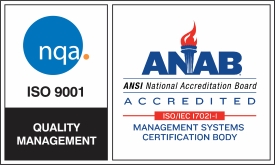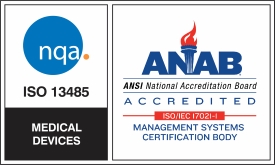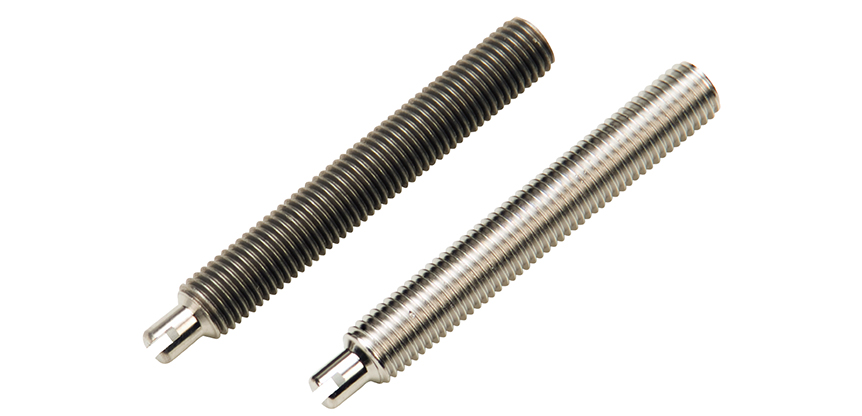As companies examine ways to enhance their metal parts, they will be able to choose from a variety of metal finishing treatments, including vibratory polishing and electropolishing. Each process utilizes different methods to polish parts. They also provide varying results. Wondering whether you should submit metal parts for vibratory polishing or electropolishing? Find out which finishing method proves to be most beneficial and effective.
How Vibratory Finishing Works
During the vibratory finishing process, metal parts are placed in a tumbler with an abrasive media and water. The tumbler then vibrates, causing metal parts to rub against the media until the metal parts are polished as needed. They then may go through a drying or cleansing process.
The Electropolishing Process
Electropolishing is performed in a much different way than vibratory finishing. This “reverse plating” process removes a uniform layer of metal from parts with a rectified current and phosphoric-based electrolyte bath. Parts are submersed in the bath, to which a current is then applied. This removes metal ions from the surface material. Finally, parts are submitted for rinsing and drying treatments to remove electrolytes.
Why Electropolishing is the Best Choice
When comparing vibratory polishing to electropolishing, many companies choose electropolishing, as it provides far superior results. While vibratory finishing does polish small metal parts, it can often provide inconsistent results. It may also not be suited for delicate parts because it could damage them and compromise their performance. Electropolishing, however, is suited for metal parts of all sizes and provides uniform metal finishing results. Electropolishing can also be performed on a variety of common and specialty alloys, including carbon steel, stainless steels, aluminum, nickel, copper, titanium, Nitinol and many more. Additionally, electropolishing provides other superior benefits that cannot be achieved through other metal finishing methods, including:
- Improved corrosion resistance—Metal parts must be treated to ensure they are long-lasting and can resist corrosion formation. Following treatment, electropolished parts have a smoother surface that eliminates corrosion initiation sites.
- Deburred edges—Electropolishing transfers metal ions to corners to remove burrs. Vibratory finishing, however, cannot be used on complex metal parts to deburr edges.
- Microfinish improvement—By removing the recast layer on metal parts, electropolishing can reduce the likelihood that micro cracks or other defects will develop, which, in turn, can extend the life of parts.
- Ultracleaning—Metal parts may have embedded scale or other impurities. Unlike vibratory finishing, electropolishing can eliminate these surface impurities, leaving them passive and clean. Electropolished parts are suitable for food and medical applications.
- Decorative finish—Electropolishing removes surface material, leaving metal parts with a noticeably bright surface that other metal polishing treatments cannot achieve. This shiny appearance is often the most noticeable effect of electropolishing.
For more information about the advantages of electropolishing and how to submit parts for this metal finishing treatment, get in touch with an Able representative today.




